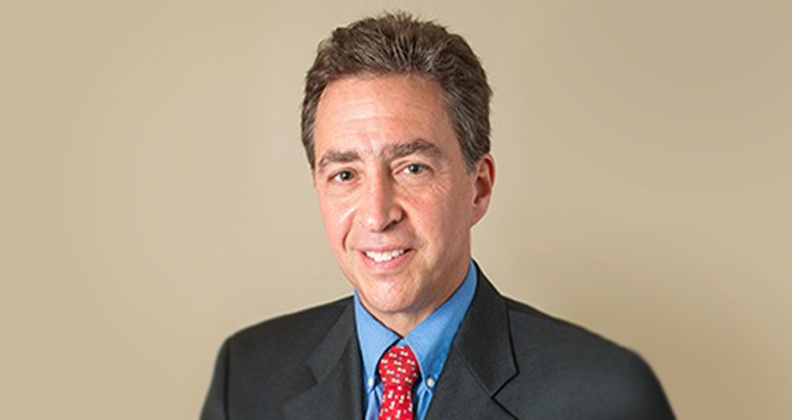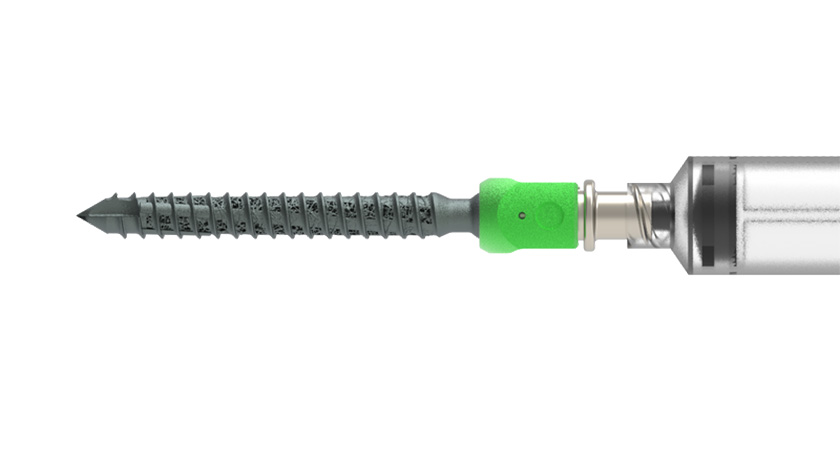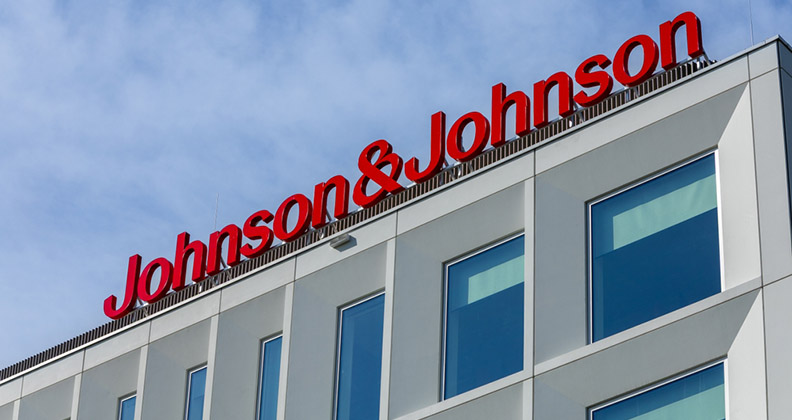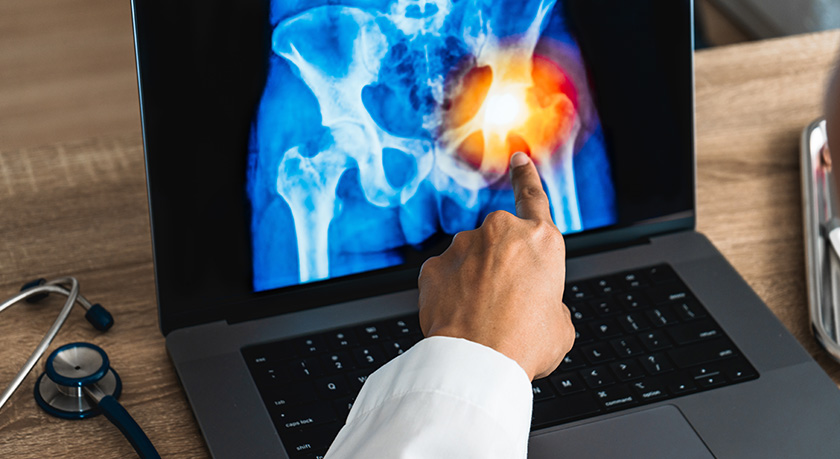
Paul Tornetta III, M.D., Ph.D., F.A.A.O.S., is ready to take over the leadership of the American Academy of Orthopaedic Surgeons (AAOS). The highly respected trauma surgeon will be introduced as the incoming president this month at the 2024 AAOS Annual Meeting.
Dr. Tornetta is Chief and Chair, Professor and Residency Program Director in the Department of Orthopaedic Surgery at Boston University Chobanian and Avedisian School of Medicine and the Director of Orthopaedic Trauma at the Boston Medical Center. He served as AAOS’s First Vice President for the past year, and has been actively involved in numerous leadership roles at the academy.
We recently connected with Dr. Tornetta to discuss the goals of his upcoming presidency, the promising future of data-driven orthopedic care and why he’s excited about returning to San Francisco for the AAOS Annual Meeting.
What elements of orthopedic care do you want to advance during your term as president?
Dr. Tornetta: The major changes and opportunities lie in aligning with AAOS’ new strategic plan, which emphasizes refocusing on the patient. We aim to move away from a one-size-fits-all approach and toward individualized patient-centered care. Orthopedic surgeons must focus on the well-being of their patients and tailor care plans accordingly instead of relying solely on standardized protocols. We must take ownership of the outcomes movement within our field, as merely reporting on complications no longer suffices.
Tapping into the potential of real-world evidence (RWE) and data to drive innovation and improve patient care was a major theme at last year’s meeting in Las Vegas. What type of progress has been made on that front?
Dr. Tornetta: FDA embodies the best intentions of its staff, but operates within bureaucratic constraints. While the agency may take longer to adapt to the use of RWE, it seems to be moving in the right direction. As someone involved in developing implants for two decades and having close ties with industry, I value the collaboration between design surgeons and engineers. However, FDA faces challenges in regulating innovations that extend beyond traditional materials like metal and plastic to include complex combinations and technologies that span different regulatory categories.
The concept of utilizing RWE presents opportunities and hurdles. I advocate for a paradigm shift in which innovative products are released with robust safety data and then evaluated for effectiveness using RWE and registries, rather than relying solely on costly randomized trials. Although already employed to some extent, this approach could be expanded, making it more feasible for industry to pursue groundbreaking ideas with smaller initial investments.
Ultimately, FDA’s primary role is ensuring patient safety. By allowing the market to evolve with the support of real-world data, the agency can strike a balance between safety and innovation. Some officials within FDA share this vision, and I hope to see more progress in this direction.
What do you see as opportunities for innovation in the trauma space, and what steps are being taken to capitalize on them?
Dr. Tornetta: I’m excited about the shift toward a deeper understanding of patient outcomes and goals, beyond traditional metrics like range of motion and infection rates. I’m energized by the collaborative spirit among forward-thinking orthopedic trauma surgeons, who are setting aside their egos to work together in larger groups than ever before. Initiatives like the MetroHealth Consortium and the Orthopaedic Research Trauma Consortium, along with other groups such as the Canadian Orthopaedic Trauma Society, are enabling unprecedented access to vast datasets for prospective studies.
For example, some of my colleagues are investigating modifiable risk factors for surgical infections using a dataset that is 15 times larger than any previously available set. This cooperative approach allows us to address critical questions more efficiently and with greater confidence. The potential of combining this collaborative effort with the use of safety data from FDA opens avenues for innovative research.
I envision scenarios in which we could secure government grants to conduct clinical trials involving 35 to 40 trauma centers, focusing on safe interventions with uncertain efficacy. By leveraging real-world data, we could potentially determine the effectiveness of these interventions within a shorter timeframe — perhaps two years instead of the usual decade — to the ultimate benefit of patients.
What leadership skills guide your current management style and in what ways will they make you a more effective president?
Dr. Tornetta: In the past, I might have asserted my ideas with a sense of authority, expecting my team members to simply listen and act. However, I’ve learned that true leadership involves seeking counsel from individuals who possess equal or greater expertise. It’s about fostering a collaborative environment where everyone’s input is valued and contributes to a shared vision. I believe this philosophy strengthens the continuity of leadership within AAOS.
I often remind myself and others that the success of our academy is not measured by individual legacies, but by the collective progress we make toward advocating for patient care and supporting physicians. If the academy thrives, patients receive quality care and physicians feel supported, then we’ve fulfilled our duty, regardless of who held leadership positions.
In what ways will AAOS evolve in the coming years?
Dr. Tornetta: The organization is undergoing significant changes, with a new strategic plan set to be unveiled soon. These changes aim to enhance our governance structure, making us more adaptable to the evolving landscape of orthopedics. It’s an exciting time to be involved with the board as we navigate these transformations together. Central to our success will be securing buy-in, not only from board members but also from our fellows, ensuring that initiatives are aligned with their beliefs and garner their support.
The new strategic direction will place a significant emphasis on patient-centered initiatives. If you were to distill my career into one overarching theme, it would be my unwavering commitment to what’s best for patients. Every research project I’ve undertaken stemmed from questions about improving patient care, and every study I’ve designed aimed to address challenges faced in the operating room to improve patient outcomes.
Our board has acknowledged the pivotal role patients play in our mission. While we are a membership-driven organization dedicated to supporting our members, we recognize that their satisfaction and fulfillment stem from the well-being of their patients. Moving forward, our primary objective will be to operate as a patient-centric organization. While our strategic plan encompasses various components, this patient-focused approach stands out as paramount.
Why are you excited about this year’s meeting? What are you looking forward to the most?
Dr. Tornetta: I love visiting San Francisco, so I’m looking forward to returning. When AAOS is held there, it has a rich international presence. The meeting serves as a unifying force in our field, bringing together specialists from various subspecialties. While many surgeons tend to focus narrowly on one area, the academy provides a forum for broader interaction. Orthopedic principles transcend specific specialties, allowing us to learn from each other’s experiences across different areas of practice.
Attending AAOS offers a chance to broaden our perspectives, particularly through international exchanges and diverse perspectives that broaden our understanding of current surgical approaches and treatment options. It’s also fun to be around so many smart people. I always find the annual meeting to be incredibly educational, as I often learn unexpected insights from fellow attendees. Additionally, I always enjoy exploring the exhibit hall to discover innovative ideas and technologies that inspire me.
DC
Dan Cook is a Senior Editor at ORTHOWORLD. He develops content focused on important industry trends, top thought leaders and innovative technologies.




